ZATON
Zaton is a charming peaceful community located in the bay of the same name, which is at the utmost north-western end of Šibenik Bay, into which the Krka River outflows. Zaton was founded in the 15th century, but near today's settlement the old burial grounds as early as the 6th century BC were discovered. The inhabitants are traditionally engaged in sheep-breeding and fishing, and in more recent times in tourism and trade. The picturesque sea route between Šibenik and Zaton represents a well-known rowing course, suitable for both national and international competitions and winter training, as many teams from around the globe come here to practise due to favourable climate.
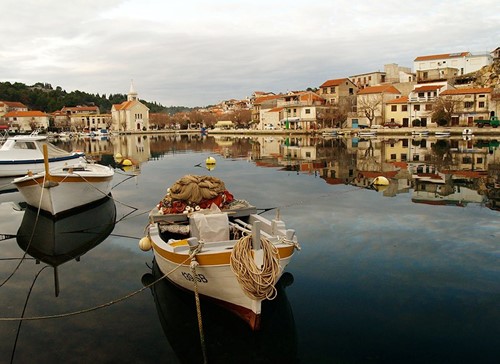
KRAPANJ ISLAND
Located just 400 m away from the neighbouring mainland, Krapanj Island is a harmonious and treasured natural and urbanistic whole. It is the smallest populated island in Adriatic sea, with the surface of mere 0.36 km2. This is also the island with the lowest height above sea-level in the entire Adriatic, with the average height of only 1.5 m. Krapanj is called the island of sponges, because sponge processing has been the traditional occupation of its inhabitants since the 18th century. The written history of Krapanj began in the 15th century, when a nobleman from Šibenik bought the uninhabited island from the Church and gave it to the Franciscans from Bosnia. The Franciscans immediately began to build their monastery and church, but ten years later they were replaced by the friars of the Province of St. Jerome, who still live there to this very day. The exhibits of great cultural value are being kept in the monastery and they are under the state protection, as much as most of the island.
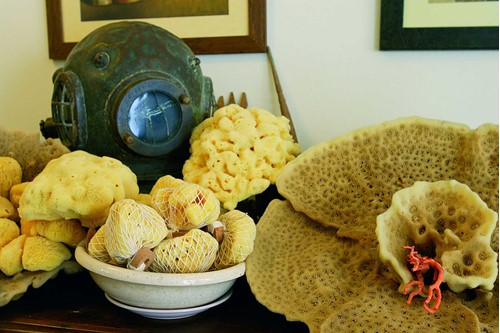
BETINA
Betina is a picturesque tourist place, well-known for its beaches, rich fishing grounds and quality shipbuilding. It is a small peninsular settlement on the island of Murter, located 7 km from the bridge in Tisno, its connection with the mainland. The name of the place derives from the Celtic word "bet" (mouth), which corresponds to the characteristics and the position of the Bay of Betina. The parish Church of St. Francis, built in the 17th century and enlarged several times, dominates over the village that is almost linked to the settlement of nearby Murter. The inhabitants of Betina have always been well-connected with the sea, which has enabled the development of fishing and shipbuilding activities, especially the construction of first-rate sport and fishing boats. The inhabitants of Betina are also well-known wine-growers, olive-growers and producers of various vegetables.
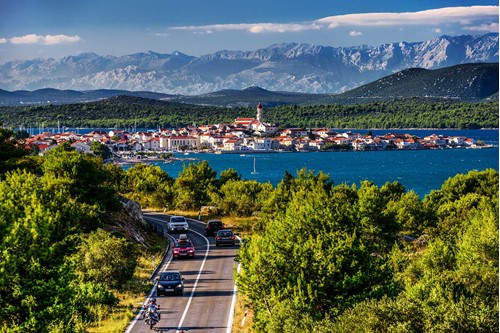
THE CETINA RIVER SPRINGS
The site of "Vrela Cetine", the springs of the Cetina River, covers an area of 29.81 ha and has been protected as a significant landscape since 1971. This site contains a series of karst springs, with the three main ones lying in the foothills of the Dinara Mountain Range. The springs draw attention with their magnificent clarity, blue-green colour and depth, with one of them ("Veliko vrilo") being a submerged speleological structure more than 150 m deep. Near the springs is the oldest Early Croatian church in Croatia, the Church of Holy Salvation. The church with a bell tower belongs to the pre-Romanesque style and was erected in the 9th century, and next to the church is a cemetery with tombs dating back to the 14th century.
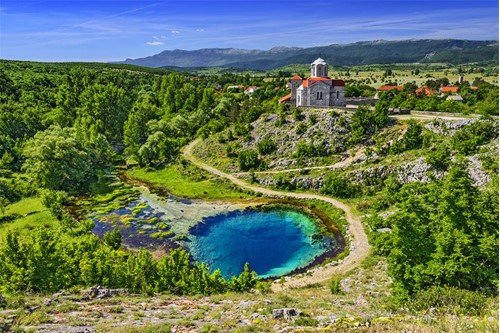
ŠIBENIK TOWN HALL
The Town Hall of Šibenik is a very harmonious and open Renaissance building, erected between 1533 and 1546 and situated on the medieval central town square (plathea communis). The ground floor encompasses a cloister (with columns supporting semi-circular arches) from which there was an access to the offices of communal administration. The town hall was completely destroyed in December 1943 during the attack of the allied air forces. It was restored to its original form after the war, as well as organized and equipped in its interior according to the needs of its new function.
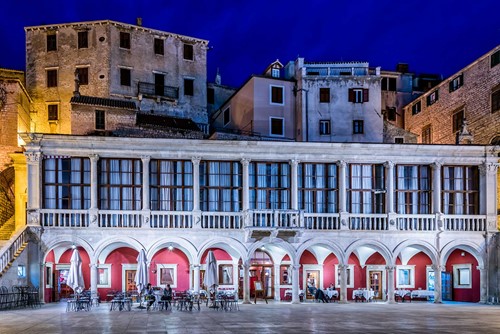
THE FOUR WELLS
Because of numerous military blockades and dry periods, and according to wishes and orders of the inhabitants of Šibenik, the public town cistern "Four Wells" was built during the Middle Ages. The agreement on water supply centre construction between Šibenik County and master Jacopo Coterra was concluded on January 10th 1446. The supervision was consigned to George of Dalmatia (Juraj Dalmatinac), a renowned architect, constructor and sculptor. Nowadays this historical object is renovated and represents a town stage suitable for numerous events. The terrace with the wells has been paved with red stones in a fishbone pattern, as it once was.
THE DUKE'S PALACE
The Duke's palace is located on the waterfront in the old town centre of Šibenik, where only two wings of this big historical building have been preserved, restored and adapted for the Town Museum of Šibenik. The town duke, the highest representative of the Venetian State authority in the community, was once seated here. A Gothic passage with the town gate passes through the central line of the ground floor and the town coat of arms with the figure of St. Michael (the patron of Šibenik) is placed above it, whereas the west wing of the palace is turned towards the sacristy and apse parts of the cathedral.
THE MEDIEVAL GARDEN OF ST. LAWRENCE'S MONASTERY
The medieval Mediterranean garden of St. Lawrence's Monastery was renovated and opened in 2007, after being forgotten for almost 100 years. The project renewal was made by well-known Croatian park architect Dragutin Kiš, the winner of the Flora Millennium Award in Japan in 2000. The garden is a very rare sight, as it represents the only monastery garden in Croatia that follows the famous medieval scheme: cross paths with a little fountain in the middle and simple ground floor planning, enclosed by barberry and beautiful old-fashioned redolent roses. Medicinal and season herbs are planted in the four fields and a special place belongs to the artistic collection of thyme, with beautiful red, violet, grey, light green and dark green leaf colours. The capers planted in the wall holes are also an important sight of the garden, as a local legend says they were brought in Šibenik by famous constructor Juraj Dalmatinac.

